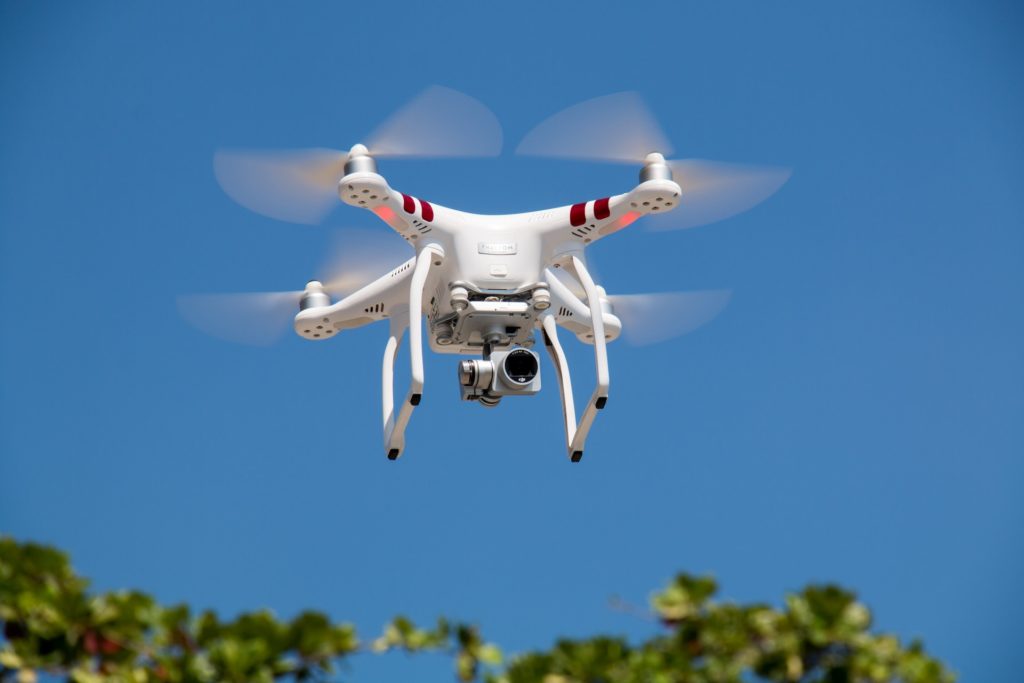Business
How to ease employee fears about new mining technology
Technology adoption in mining could frighten many employees in the industry for various reasons.

Technology is adding unparalleled value to the mining and aggregate industries. Executives and plant managers are able to access more information than ever before, allowing them to make better, more informed business decisions. On top of that, there are priceless safety benefits, which are especially compelling in an industry as dangerous as mining.
Drone technology is a great example of how to combine the benefits of safety and information. Drones are lowering the cost of information, allowing for it to be collected more thoroughly and more frequently in mining than ever before. Mining environments are constantly changing, and with the use of drones, managers and executives have a more accurate picture of the environment that informs every decision they make.
Universal benefits
It’s true that many of the benefits technology—drone technology, in particular—introduces are enjoyed by executives and corporate stakeholders. Earlier identification of machine and equipment issues allow for adjustment in plans, earlier repairs, and an overall reduction in downtime.
Leaders can also plan better using the vast data harvested by drones in the field. Instead of relying on annual data, they can make decisions in real time. Mining giant Hexagon, for example, is utilizing drone capabilities to monitor everything from blast performance to safety issues to land surveillance. Due to the nature of the mining market, these scenarios don’t necessarily lead to an increase in market share for a particular company. Instead, they reduce costs and improve efficiency, meaning companies can maintain their market share while potentially increasing their stock prices.
What often gets less attention than benefits to executives and stakeholders is the advantage technology can provide to employees at all levels of an operation. More technologically advanced equipment helps operators make necessary adjustments as they work. Their jobs also become safer, especially when certain aspects of dangerous jobs can be automated.
Automation isn’t something to be feared
Automation is a loaded word, but the vast majority of people aren’t likely to see their jobs taken over by robots. According to McKinsey & Company, only five percent of jobs are good candidates for complete automation. For the rest, companies will still rely on the knowledge and skills of the individual, but the employee can perform his or her work from a safer distance—or remotely, in the case of drone surveying.
Another overlooked benefit is the improvement in the quality of life as employees become more technologically literate. Some workers in mining—and other heavy equipment industries such as logging—are not very savvy when it comes to technology; therefore, they can be averse to using it. When they learn to use it at work, though, it can actually help them in other aspects of their life as well.

Drones are used to collect data in the field. (Source)
Despite the benefits, it’s normal for employees to be concerned about the growing prevalence of technology in their industry. To help ease their fears, here are a few things to emphasize:
Employees have the knowledge and experience.
Technology can’t replace employees who have been doing a job for years. In addition to experience, employees have a human intuition that technology is unlikely to replace anytime soon. Humans will rely on AI technology and data to make more informed decisions, but they’ll still be making the decisions.
Technology makes dangerous jobs safer.
In the mining industry, the top priority is having employees make it home safely to their families at the end of each day. Arguably the biggest advantage of new technologies—especially drones—is their ability to keep employees out of harm’s way.
Technology creates new opportunities.
Changes in processes can open up new opportunities in a company, new jobs in an industry, or even entirely new markets that experienced employees can take advantage of. The idea of technology eliminating jobs is by no means a new one, but there are more than a hundred years of evidence proving that it generates many more jobs than it destroys.
Technology makes jobs easier.
With new technologies, workers can do the jobs they typically perform more quickly and efficiently. The workers themselves are still vital to the operation, and improvements will allow them to allocate time to other important work, giving them the chance to learn new skills and become even more valuable to their employers.
In mining, technology adoption is accelerating, and it comes with a host of benefits. Better insights about what’s making it from the pit to the stockpile will help identify issues and inefficiencies faster and more effectively, and automation has the capacity to take workers out of dangerous situations and allow them to do their jobs remotely. Innovations in efficiency will also make mining a more sustainable industry, which would be a welcome transformation as the global population—and overall demand—continues to increase.
—
DISCLAIMER: This article expresses my own ideas and opinions. Any information I have shared are from sources that I believe to be reliable and accurate. I did not receive any financial compensation in writing this post, nor do I own any shares in any company I’ve mentioned. I encourage any reader to do their own diligent research first before making any investment decisions.

-

 Impact Investing5 days ago
Impact Investing5 days agoGlobal Energy Shift: Record $2.2 Trillion Invested in Green Transition in 2024
-

 Fintech2 weeks ago
Fintech2 weeks agoPayrails Secures $32M to Streamline Global Payments
-

 Crowdfunding1 day ago
Crowdfunding1 day agoDolci Palmisano Issues Its First Minibond of the F&P “Rolling Short term” Program
-

 Markets1 week ago
Markets1 week agoShockwaves of War: U.S. Strikes Iran, Markets Teeter, Global Risks Rise

























You must be logged in to post a comment Login